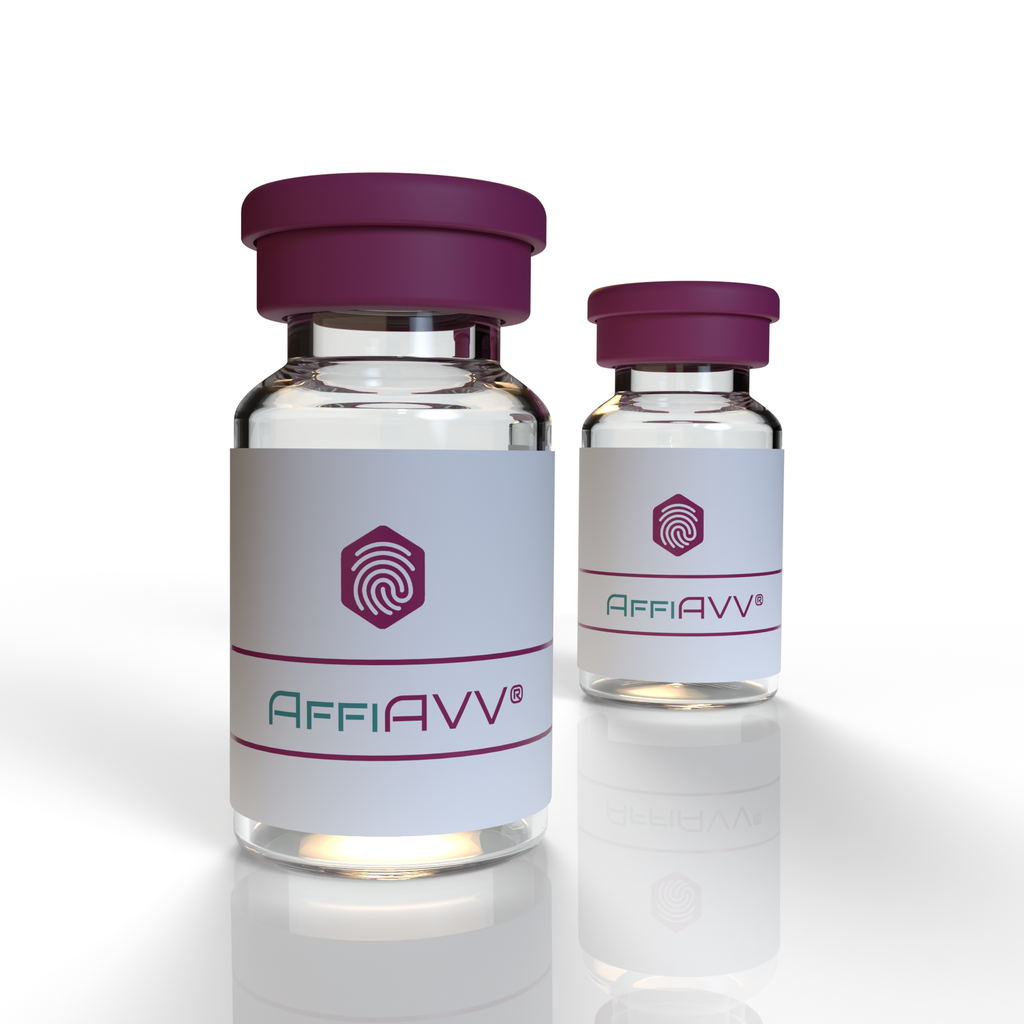Promoter
PV.
Cre/Flp Dependent
N/A.
Fluorescent Protein
N/A.
rAAV-PV-Cre-bGH polyA
rAAV-PV-Cre-bGH polyA is a recombinant adeno-associated virus (rAAV) vector designed for specific gene delivery. Here are the key components and features:
- Parvalbumin (PV) Promoter: Drives expression specifically in parvalbumin-expressing interneurons.
- Cre Recombinase: An enzyme that facilitates site-specific recombination at loxP sites, enabling targeted gene modification.
- Bovine Growth Hormone Polyadenylation Signal (bGH polyA): Ensures proper termination of transcription and stability of the mRNA.
Application of rAAV-PV-Cre-bGH polyA
This rAAV vector is primarily used in neuroscience research for targeted genetic manipulation of parvalbumin-expressing interneurons. The PV promoter ensures specific expression in these interneurons, making it suitable for studies on neural circuits and function.
Advantage of rAAV-PV-Cre-bGH polyA
The combination of the PV promoter and Cre recombinase allows for precise genetic manipulation of parvalbumin-expressing interneurons. The inclusion of bGH polyA enhances the overall stability and expression levels of the transgene. This vector is a powerful tool for studies requiring targeted gene modification with high specificity and efficiency.
Detailed Applications of rAAV-PV-Cre-bGH polyA
Targeted Genetic Modification:
- Enables specific gene modification in parvalbumin-expressing interneurons using Cre-loxP recombination.
- Suitable for creating conditional knockout or knock-in models in these specific neurons.
Neural Circuit Mapping:
- Helps in mapping and understanding the role of parvalbumin-expressing interneurons in neural circuits.
- Can be used in conjunction with other techniques to reveal functional connectivity in the brain.
Behavioral Studies:
- Facilitates the study of how parvalbumin-expressing interneurons influence behavior.
- Can be used to investigate the neural basis of various behavioral phenomena and neurological disorders.
Disease Models:
- Useful in modeling neurological diseases where parvalbumin-expressing interneurons play a role.
- Can aid in preclinical research for developing therapeutic strategies targeting these specific interneurons.
Gene Regulation Studies:
- Cre recombinase can be used for gene regulation studies, allowing for controlled gene expression and manipulation.
- Provides a tool for studying the effects of gene deletion or activation in specific neuronal populations.
Fluorescent Imaging (when combined with reporter lines):
- When used with Cre-reporter lines, it allows for visualization of infected neurons under a fluorescence microscope.
- Aids in verifying transduction efficiency and expression patterns.
